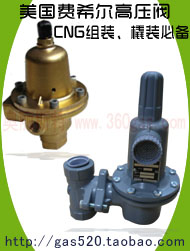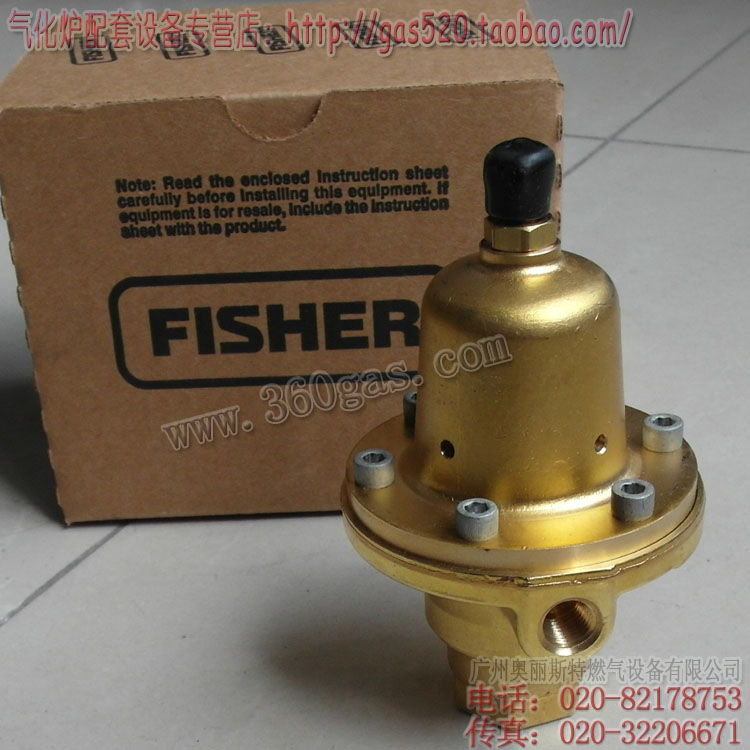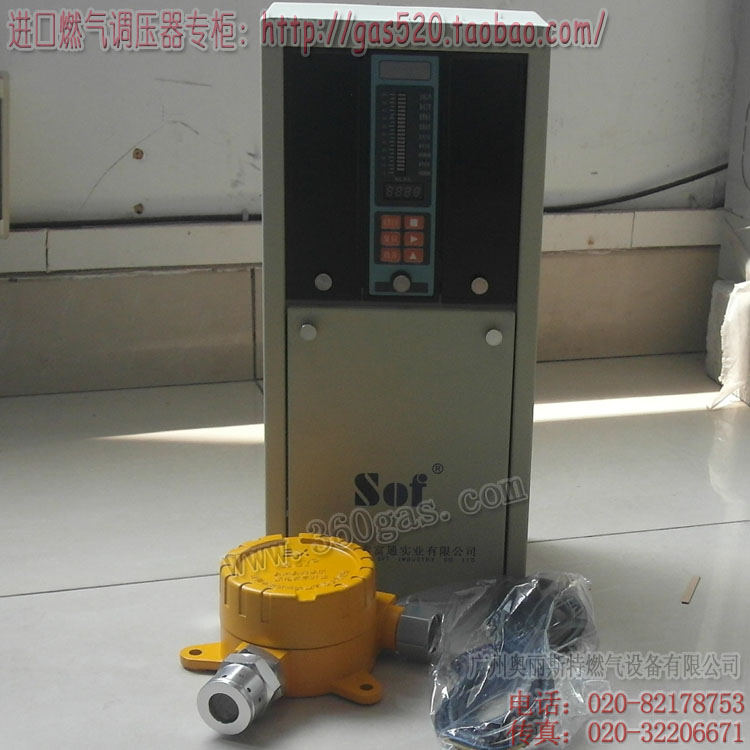位置:首页 > 燃气资讯 > Sea Star Line Ente
Sea Star Line Enters LNG-Powered Container Shipping
浏览次数 740 , 日期 2014-11-26 , 燃气设备 加入收藏
The seascape for Liquefied Natural Gas (LNG) in maritime shipping is quickly changing in the U.S. as Sea Star Line awaits the first of two LNG-powered container vessels in 2015 and 2016 along with completion of an LNG bunkering station at the Jacksonville Port (JAXPORT). The two new Marlin Class ships, being built by General Dynamics NASSCO’s shipyard in San Diego will ship to Puerto Rico from Florida, specifically between Jacksonville and San Juan.SSK-FY-2天然气报警器/氢气检测仪/乙炔检测仪/丙烷报警器探测器
According to a press release from Sea Star Line parent company TOTE Inc., NASSCO engineers placed the world’s first dual-fuel slow speed engine into the world’s first LNG- powered containership. The ME-GI large slow speed (two stroke) dual fuel engine represents cutting edge ship technology that joins cleaner and safer shipping within present cost structures. The 539-ton engine was built by Doosan Engine in Korea under license from MAN Diesel and Turbo.
The massive LNG fuel tanks were also manufactured in Korea. The 3,100 TEU container ships will have tank capacities of 900,000L for each ship.
Started in February this year, Hull 495, the first of the two Marlin-Class vessels being built by NASSCO will be completed in early 2015. The design for the LNG-powered vessels won the Next Generation Ship Award in June at the industry’s biggest conference in Oslo.
In 2015, Environmental Protection Agency (EPA) emission control area (ECA) standards become effective off of U.S. coastal waters encompassing Caribbean maritime routes. The two new container ships allow Sea Star Line to lead the way for ECA standards compatible container shipping vessel emission control technology represented by the growth of LNG. In addition to its comparable cost to heavy fuel oil (HFO), using LNG as ship fuel reduces sulphur oxide (SOx) emissions by as much as 95 percent.
LNG also complies with IMO Tier III limits for nitrogen oxide (NOx) emissions, has lower carbon content, and leads to a reduction of carbon dioxide (CO2) emissions by 20 to 25 per cent. According to Tote executives, the ships will require less energy to travel the same distance and help preserve the environment.
In a concurrent and cooperative venture, Pivotal LNG Inc. and California-based energy group Wespac Midstream LLC formed a joint venture to build an LNG bunkering plant near the Jacksonville Port Authority’s Dames Point Marine Terminal.
While there is a growing number of LNG bunkering stations at a number of major European ports, the LNG bunkering facility at JAXPORT is the first in North America. As the success of the two new Marine class LNG-powered Sea Star Line ships is revealed, more ships (some already off the drawing board) will soon follow. The proven performance as well as the favorable economics and decisive environmental advantages of LNG as part of cutting edge ship design signals the shift that is underway as the maritime industry slowly commits to LNG.
According to a press release from Sea Star Line parent company TOTE Inc., NASSCO engineers placed the world’s first dual-fuel slow speed engine into the world’s first LNG- powered containership. The ME-GI large slow speed (two stroke) dual fuel engine represents cutting edge ship technology that joins cleaner and safer shipping within present cost structures. The 539-ton engine was built by Doosan Engine in Korea under license from MAN Diesel and Turbo.
The massive LNG fuel tanks were also manufactured in Korea. The 3,100 TEU container ships will have tank capacities of 900,000L for each ship.
Started in February this year, Hull 495, the first of the two Marlin-Class vessels being built by NASSCO will be completed in early 2015. The design for the LNG-powered vessels won the Next Generation Ship Award in June at the industry’s biggest conference in Oslo.
In 2015, Environmental Protection Agency (EPA) emission control area (ECA) standards become effective off of U.S. coastal waters encompassing Caribbean maritime routes. The two new container ships allow Sea Star Line to lead the way for ECA standards compatible container shipping vessel emission control technology represented by the growth of LNG. In addition to its comparable cost to heavy fuel oil (HFO), using LNG as ship fuel reduces sulphur oxide (SOx) emissions by as much as 95 percent.
LNG also complies with IMO Tier III limits for nitrogen oxide (NOx) emissions, has lower carbon content, and leads to a reduction of carbon dioxide (CO2) emissions by 20 to 25 per cent. According to Tote executives, the ships will require less energy to travel the same distance and help preserve the environment.
In a concurrent and cooperative venture, Pivotal LNG Inc. and California-based energy group Wespac Midstream LLC formed a joint venture to build an LNG bunkering plant near the Jacksonville Port Authority’s Dames Point Marine Terminal.
While there is a growing number of LNG bunkering stations at a number of major European ports, the LNG bunkering facility at JAXPORT is the first in North America. As the success of the two new Marine class LNG-powered Sea Star Line ships is revealed, more ships (some already off the drawing board) will soon follow. The proven performance as well as the favorable economics and decisive environmental advantages of LNG as part of cutting edge ship design signals the shift that is underway as the maritime industry slowly commits to LNG.








